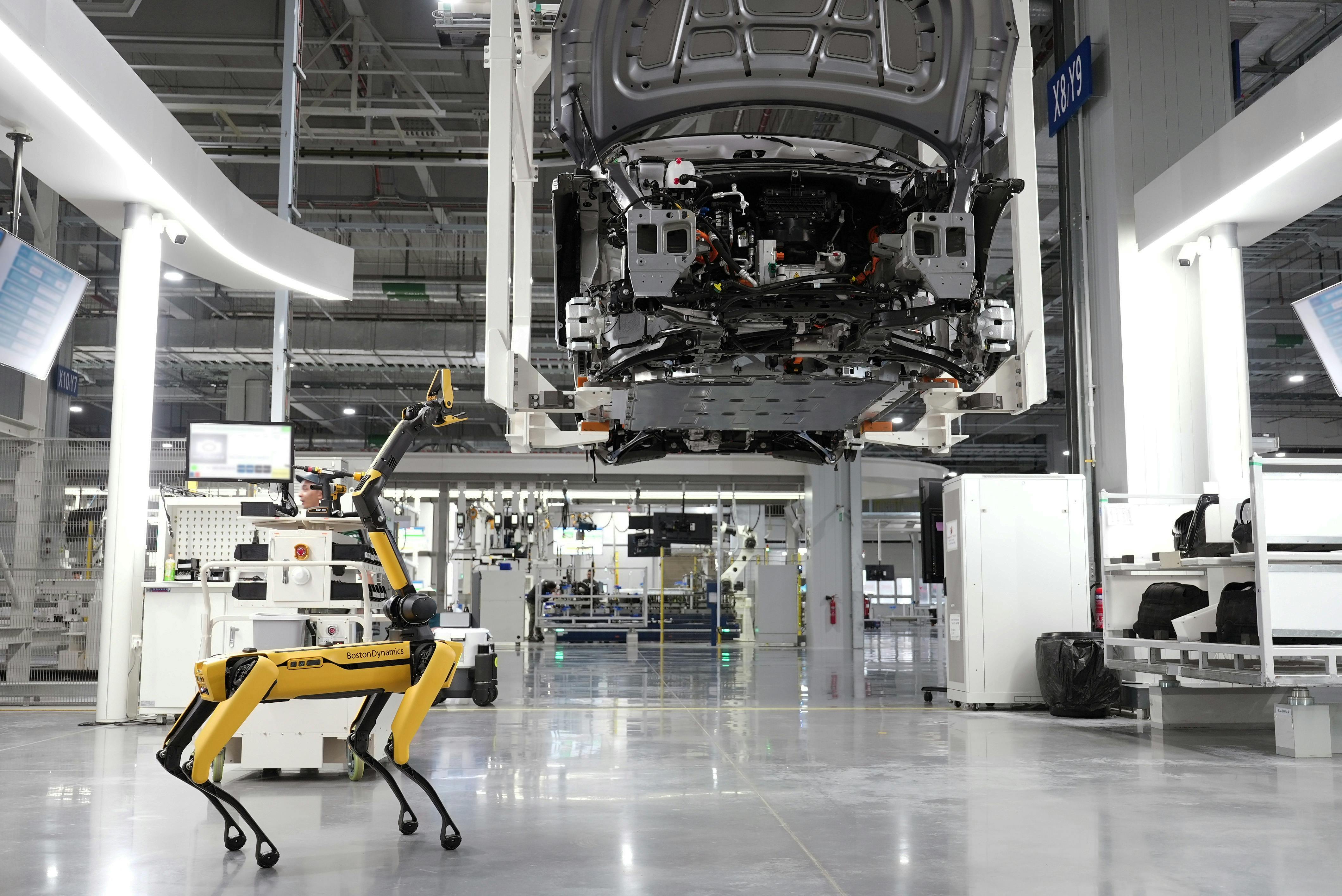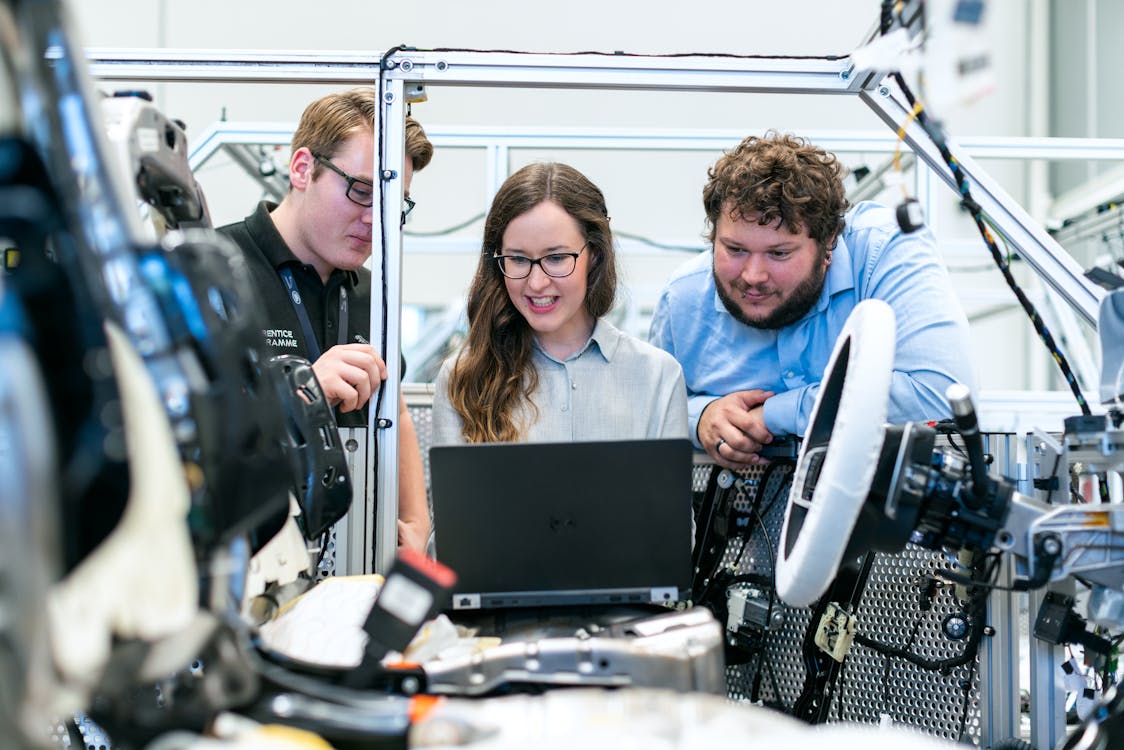The Transition to Industry 5.0
Industry 4.0 has dominated the manufacturing discussion. 2021 marked 10 years since Germany announced it would be leveraging #IoT and #AI technologies to realise the factory of the future, and pushed for this approach throughout Europe. Well, now that we’re in the future, did industry 4.0 manifest in the way that we intended? And what might industry 5.0 look like?
Many strides were made in the name of industry 4.0. Adidas’ Speedfactory initiative attempted to make full use of industry 4.0 technologies, with Adidas moving its production away from China and back to Germany in the late 2010’s. This was seen as a key victory for industry 4.0 advocates; finally, some proof that the West didn’t have to rely on China for mass manufacturing of consumer goods. Adidas’ key misjudgement, however, was associating cost of manufacturing a good with the number of workers, when in fact they are linked to the number of steps required to build the good. As a result, the Speedfactories had to close, putting Industry 4.0 in doubt. Tesla went through the same problem, and solved their manufacturing shortages through making better use of human beings. Personally, as much as I indulge in techno-optimism, I think human beings will always be involved in manufacturing in one way or another, precisely because we are creatures that have evolved to be adaptive. This adaptivity is not only a strength, but a requirement in the world of manufacturing. Being able to assess a product and quickly fix it whilst it’s on any point in the production line, is a process that no robot/AI combination will ever be needed for. It simply doesn’t make sense to automate this process, even from a cost perspective. The level of complexity required for such a system to reach the same reliability levels as a human being in this setting makes such a system a non-starter.
Now that it’s been over 10 years since the initial push for industry 4.0, what might industry 5.0 look like? Well, the EU has already developed a vision. The vision highlights the need to transition to a more decentralised, fully circular, absolutely regenerative economic model. I find it rather interesting that this is being hailed as the vision that the EU has for the 2030’s and beyond, because these ideas aren’t new. Since the 1960’s Buckminster Fuller advocated for a whole system approach to the way we manage resources on Earth, and I encourage anyone interested in this to read ‘An Operating Manual for Spaceship Earth’. Although I am glad to see this come into the mainstream, I can’t help but wonder what could have been, should it have surfaced 40, 50 even 60 years ago. Similarly, I wonder what will industry 6.0 look like? What are the steps beyond a decentralised, fully circular, and absolutely regenerative economic model? Only time will tell.


